The Philippines is a key trade destination for many of our clients, and we have made it a priority market. By securing long-term contracts with major carriers such as COSCO, OOCL, APL, EMC, MSK, and HMM, Top China Forwarder can provide stable space and highly competitive freight rates from China to all major Philippine ports, including Manila, Cebu, and Davao. From booking to customs clearance and delivery, our experienced team ensures a smooth shipping process. Request your tailored quote today.
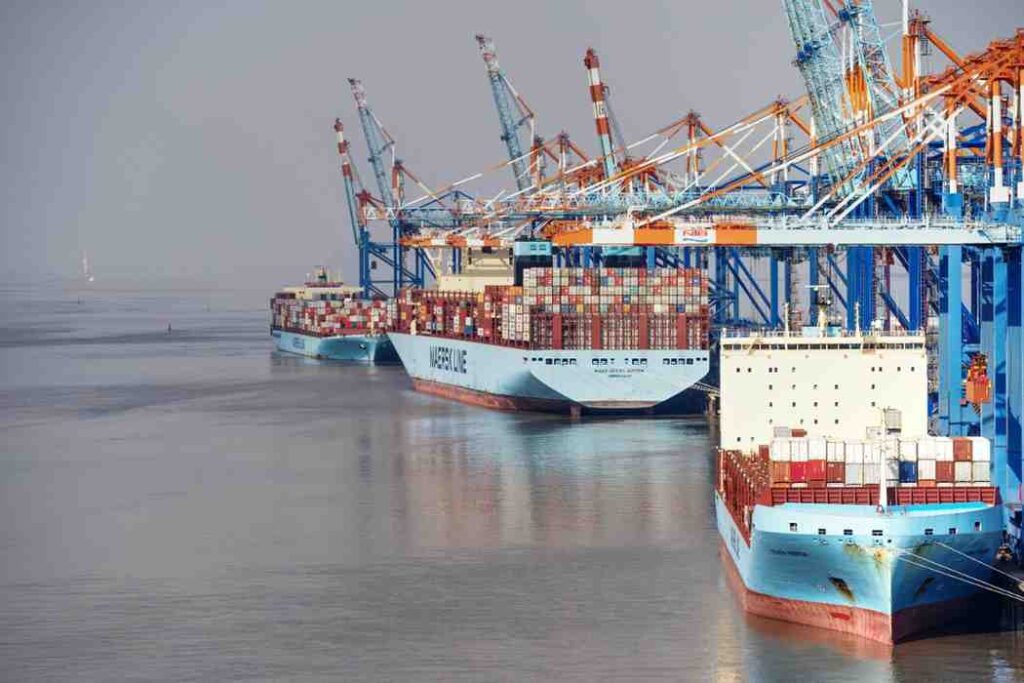
We offer competitive ocean freight rates and the best shipping solutions based on your required transit time when shipping from China to any port in the Philippines, including inland ports.
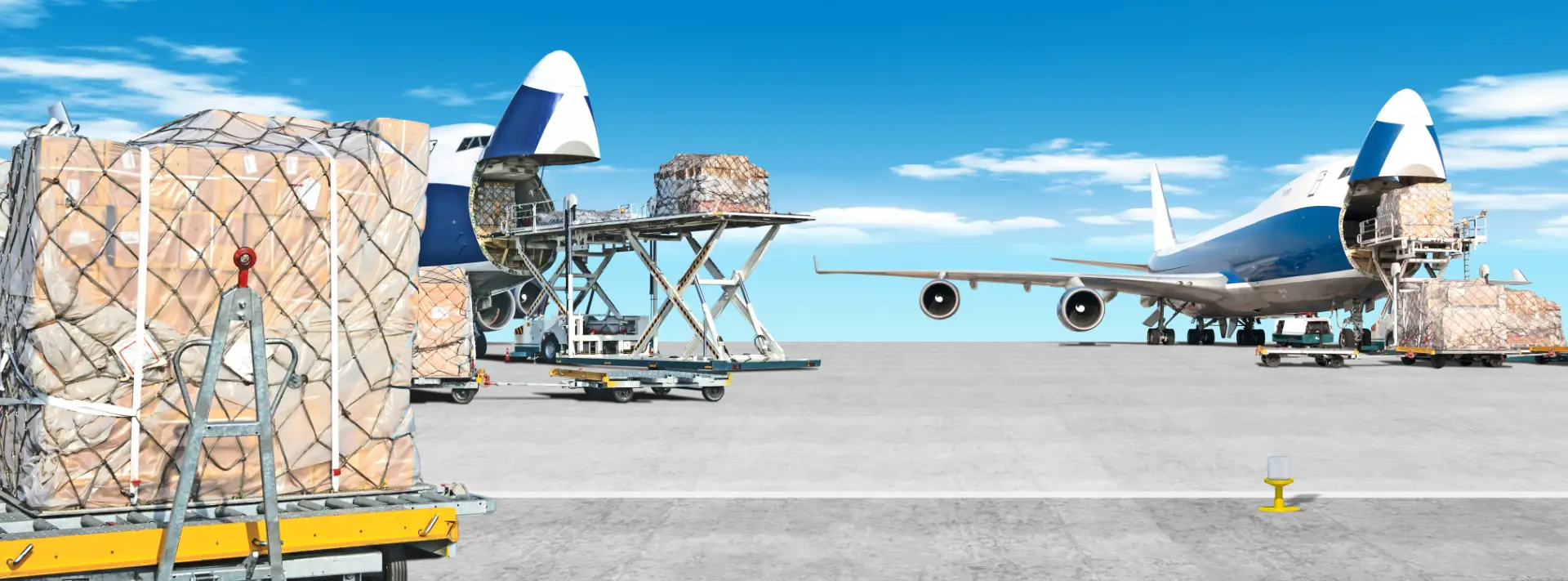
We select the most reasonable airline for your shipment based on your time requirements. Top China Forwarder is your best solution for air freight from China to the Philippines.

For both personal and business needs, we provide door-to-door shipping services, including customs clearance in the Philippines.
Our signed contracts with carriers allow us to pass on real savings for FCL shipping to the Philippines. By choosing Top China Forwarder, you gain a logistics partner that manages every step—from container booking and customs clearance to final delivery—making your shipments cost-effective and stress-free.
Top China Forwarder not only secures competitive ocean freight pricing but also ensures professional assistance at arrival ports. With our LCL service, your goods are carefully consolidated, processed quickly, and delivered efficiently—making it a practical choice for businesses shipping partial loads.

Top China Forwarder offers the most fuel-efficient pickup service across China.
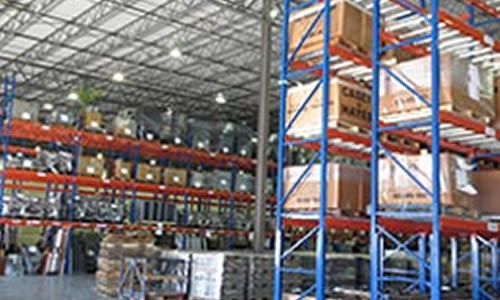
We provide free warehousing services, ensuring secure storage for your goods.
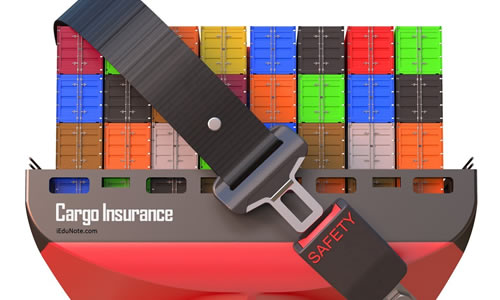
Our cargo insurance protects your goods all the way to any FBA Warehouse, providing peace of mind.

We handle all paperwork and details for smooth customs clearance.
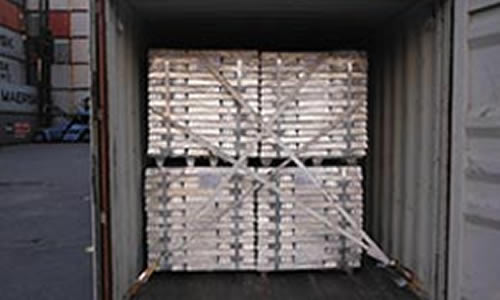
We ensure safe packaging and loading of goods at your suppliers' factories.

The shipping duration from China to the Philippines depends on various factors including the shipping method (air, sea, or express), specific routes, and potential customs delays. Typically, air freight takes about 3-5 days, while sea freight can take 2-4 weeks depending on the port of destination and shipping schedule. Customs clearance and handling times also play a significant role in the total transit time. It’s crucial to plan ahead and consider these factors for timely delivery.
Shipping costs from China to the Philippines vary based on factors like the weight and volume of the cargo, shipping method (air or sea), and additional services such as customs clearance, warehousing, and insurance. Air freight is generally more expensive but faster, while sea freight is cost-effective for larger shipments but takes longer. To get an accurate estimate, request a detailed quote from the freight forwarder, considering all variables.
Shipping goods from China to the Philippines involves several steps. First, choose a reliable freight forwarder and decide on the shipping method (air, sea, or express). Next, the goods are picked up from the supplier and transported to the departure port or airport. The freight forwarder handles all necessary documentation and customs clearance. Once the cargo arrives in the Philippines, it goes through customs inspection and clearance. Finally, the goods are delivered to the specified address. Coordination with the freight forwarder ensures a smooth process.
To arrange air freight from China to the Philippines, start by selecting a reputable freight forwarder. Provide them with details about your shipment, including weight, dimensions, and delivery requirements. The forwarder will choose the most suitable airline and handle the booking. They will also assist with packing, labeling, and documentation. Once the shipment is ready, it will be transported to the airport, cleared through customs, and loaded onto the aircraft. Upon arrival in the Philippines, the forwarder manages customs clearance and final delivery.
Arranging sea shipping involves several steps. First, contact a trusted freight forwarder and provide shipment details. Choose between FCL (Full Container Load) and LCL (Less than Container Load) based on your cargo volume. The forwarder will book space with a carrier and handle documentation and customs clearance in China. The cargo is then transported to the port, loaded onto a vessel, and shipped to the Philippines. Upon arrival, the forwarder manages customs clearance and coordinates delivery to the final destination.
Opt for air shipping when speed is crucial, and the shipment needs to be delivered quickly. Air freight is ideal for high-value, time-sensitive, or perishable goods. Although more expensive than sea freight, it ensures faster transit times, usually within a few days. On the other hand, sea shipping is more cost-effective for larger, non-urgent shipments. Assess your priorities, such as budget, delivery timeline, and nature of the goods, to make an informed decision.
Importing goods from China to the Philippines involves paying import duties and taxes, which are calculated based on the HS code, value, and nature of the goods. The Philippines uses the Harmonized System (HS) to classify products, and the applicable duty rates can vary. Additionally, VAT and other taxes may apply. To determine the exact amount, consult with a customs broker or freight forwarder who can provide detailed information based on the specific products you are importing.
Choose LCL (Less than Container Load) if your shipment is small and doesn't require a full container, as it allows cost-sharing with other shippers. LCL is economical for smaller volumes but may take longer due to consolidation and deconsolidation processes. Opt for FCL (Full Container Load) when shipping larger volumes that can fill a container or if you require faster transit times and more control over the shipment. Evaluate your cargo volume, budget, and delivery requirements to decide the best option.
Tracking your shipment involves using the tracking tools provided by the freight forwarder or carrier. Once your shipment is booked, you will receive a tracking number or reference code. Enter this code on the forwarder's or carrier's website to monitor the shipment's progress in real-time. You can see updates on the shipment's location, estimated arrival time, and any delays. Staying in touch with your freight forwarder for regular updates also helps in tracking the shipment effectively.
Shipping goods from China to the Philippines requires several essential documents, including the commercial invoice, packing list, bill of lading (for sea freight) or airway bill (for air freight), certificate of origin, and any applicable import licenses or permits. The commercial invoice details the transaction between the buyer and seller, while the packing list outlines the contents of the shipment. The bill of lading or airway bill serves as a contract between the shipper and carrier. Ensuring all documents are accurately prepared and submitted helps facilitate smooth customs clearance.
I chose Top China Forwarder as I had confidence that would would deliver a great service. From when I booked to when the car arrived everything was easy. I could keep updated on progress with the tracking device. It was quick, efficient and the contact I had to get documents for pick up was no fuss and professional. It was a great experience.
Operations deal with the way the vehicles are operated, and the procedures set for this purpose, and policies. In the transport industry, operat ions and ownership of infrastructure can be either country.
Initially I doubted their commitment whether they’ll be able to deliver it on time but they actually delivered it two days before the commitment. The executive was also very understanding. I received my items in a perfect state! Everyone should work with them.